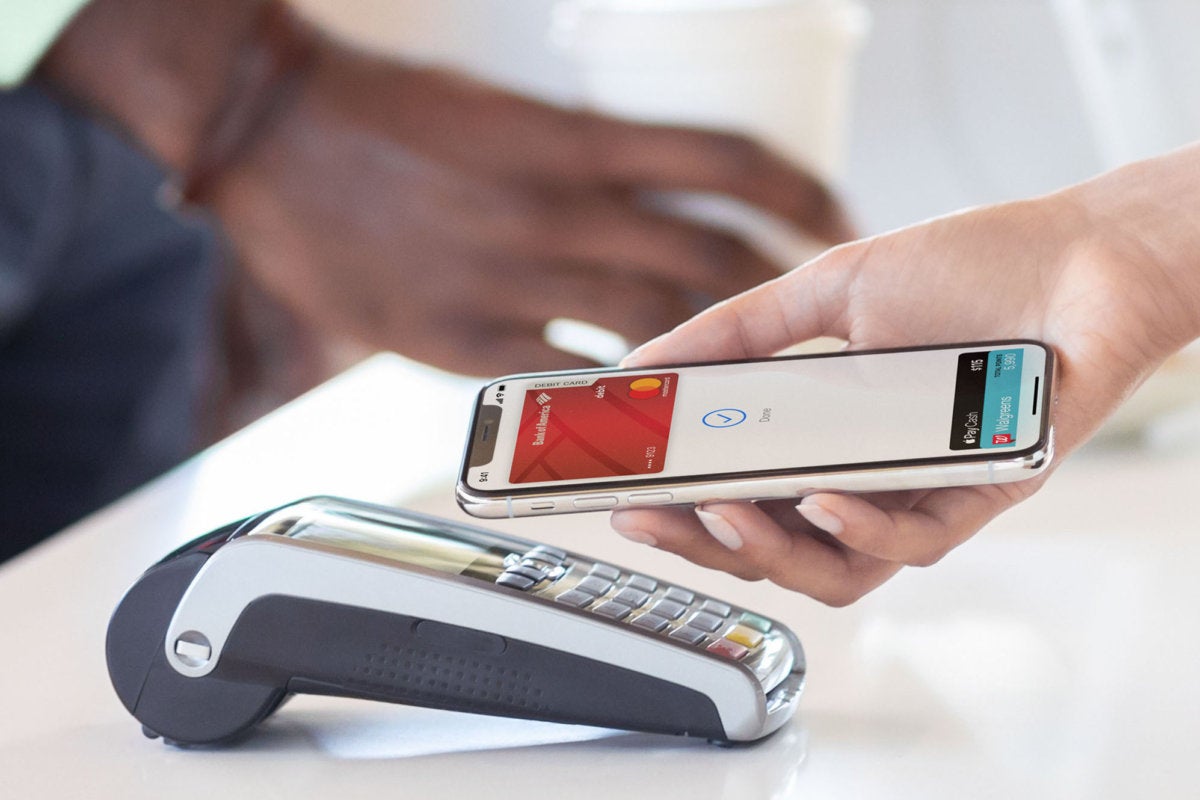Since the introduction of Apple Pay in 2014, Apple has expanded its range of financial products. The services it offers now extend beyond payments, and include both long and short term (BNPL) credit, savings, identification, credit rebates, and tools for merchants to take card payments.
For a service that doesn't get a lot of attention, Apple Pay is a strategically important element to the company’s future plans. That’s clear.
Building blocks for future services
After all, as investors agonized over device sales in the company's most recent quarter, Apple took a moment to praise the service. “Since we introduced Apple Pay almost a decade ago, customers have been loving how easy it it is to make purchases online, in apps, and in stores,” said CEO Tim Cook.
The company quite clearly has plans to build even more blocks onto the overall offer. Its recent acquisition of CreditKudos gives it a chance to take more control over payments approval and processing, potentially reducing its reliance on payment processing companies. More immediately, there’s some expectation more Apple device subscription services may appear.
But to get to where we are today and to weave its tapestry of fintech services, Apple has worked with others. The partnerships it's built are extensive, featuring major names like American Express, Visa, and JP Morgan and extending to Greendot, Stripe, Sumup, and a vast cast from across the globe’s existing financial services stage.
An international payments service
Even as the crowd of players grows, the reach of the service is also extending.
The company continues to introduce Apple Pay in new markets, most recently in Chile and Morocco. Its merchant-focused mobile payment service, Tap to Pay, is now available in the US, Australia, Taiwan, UK, and perhaps soon also in Brazil. And while Apple Card might not have become quite the cash cow Goldman Sachs hoped, the fact that Apple Savings generated a $10 billion golden egg within a few weeks seems to have given both partners a little more optimism with which to justify sticking together.
In comparison, financial services commentator Linas Beliūnas notes that it took four months for Apple to achieve $10 billion, eight years for Monzo to reach $6 billion in customer deposits and Starling almost 10 years to achieve more than $10 billion in deposits. “Block by block, the tech giant is building the Apple Finance Empire that's going to disrupt the financial services space as we know it,” he wrote.
And the "will they/won’t they" speculation has continued about the introduction of Apple Card outside the US, with reporting Apple intends launch in India at some point.
Leading the mobile payments evolution
This constant evolution has kept Apple Pay front and center in the world of mobile payments, leading to the creation of a huge cohort of users. While estimates vary, Loup Ventures suggests as many as 51% of all the world’s iPhone users have set up Apple Pay on their devices, up from 43% in 2019.
With roughly 1.46 billion active iPhone users worldwide, that’s a lot of Apple Pay users. That’s the reality amid rapidly accelerating consumer adoption of mobile payments across the world.
Mobile payments are expected to overtake cash payments in stores by the end of the year. This is especially true in the UK, where one in three people no longer carry cash at all, a recent survey showed.
Priming for the future
When it comes to digital payments, there’s evidence of a generational shift. People under 30 are far more likely to use Apple Pay. Recognizing this, the recently launched Pay The Apple Way marketing campaign focuses on ease of use to drive home this advantage across its all-important audience of new consumers.
The migration to mobile is evident across almost every significant digital economy. In Korea, the introduction of the service earlier this year generated 26 million transactions in the first month.
Of course, as people get used to using their devices for payments, they also become more accepting of Apple Pay Later and credit deals via iPhone.
Also aiding Apple's fintech services push is the company’s reputation and the high degree of satisfaction its devices generate among users.
Gallup’s annual “Confidence in Institutions” survey’ shows just 27% of Americans have confidence in their banks, while Apple consistently sits at the top of similar surveys. No wonder JP Morgan Chase CEO Jamie Dimon sees Apple as a threat to his company’s business.
Deepwater Consulting analyst Gene Munster points out how Apple operates, seeing the company as an entity with the speed and force of a glacier. In 10 years’ time, he told the FT, “We’ll think of Apple in the same vein as Citi, JPMorgan and Wells Fargo.”
Perhaps we already should.
Please follow me on Mastodon, or join me in the AppleHolic’s bar & grill and Apple Discussions groups on MeWe.






